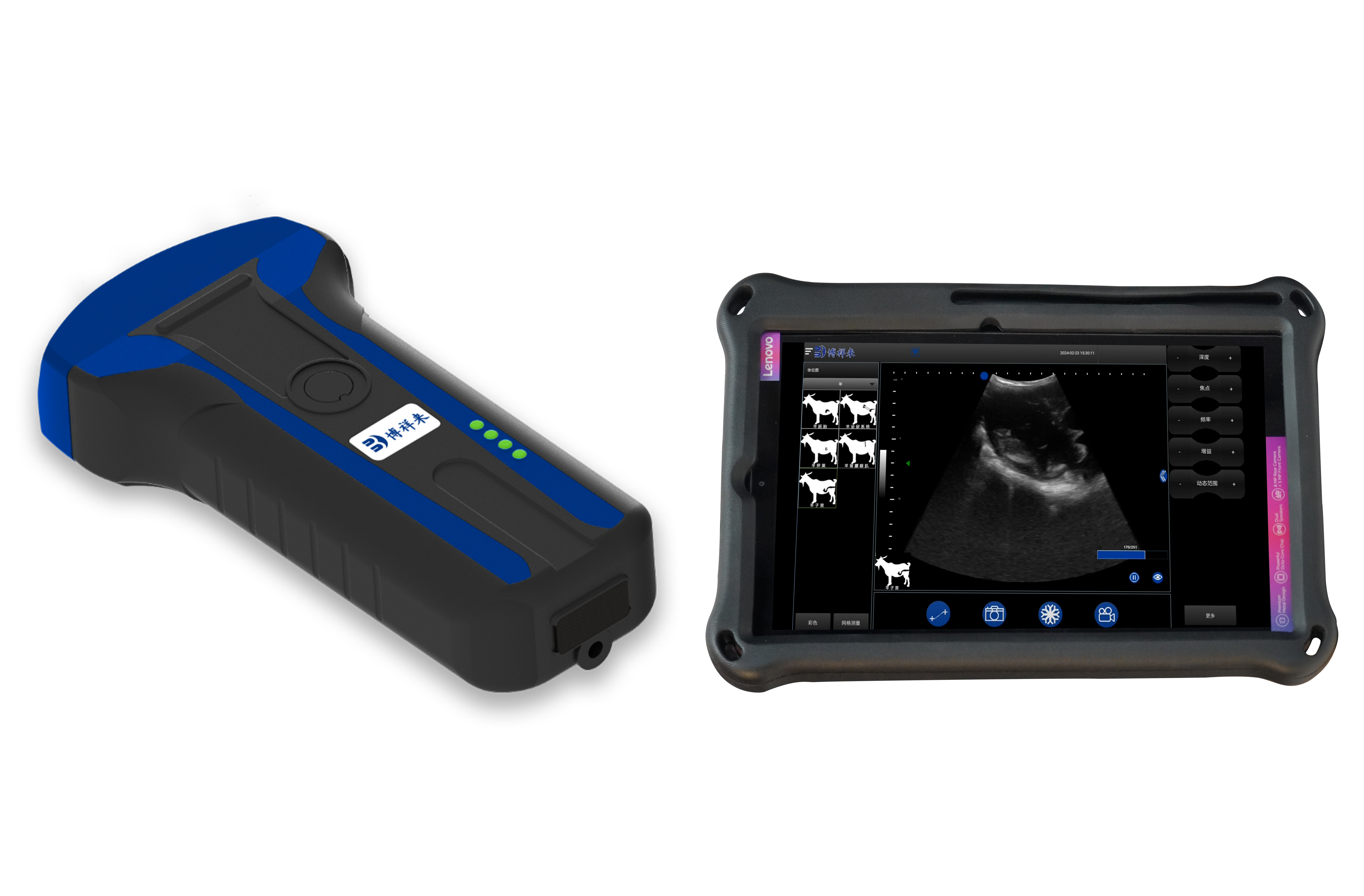The adoption of advanced technologies in farming has significantly improved livestock management and animal healthcare. Among these advancements, the BXL Veterinary ultrasound stands out as a transformative tool, providing farmers with the ability to monitor the health and well-being of their animals with precision. This article delves into the applications, benefits, and considerations of using BXL veterinary ultrasound in farm settings.

What is BXL Veterinary Ultrasound?
BXL veterinary ultrasound is a cutting-edge imaging system specifically designed for veterinary use. By utilizing high-frequency sound waves, it creates detailed, real-time images of an animal's internal structures, such as organs, tissues, and blood flow. This non-invasive and radiation-free technology is ideal for routine diagnostics and emergency evaluations, making it an essential tool for modern farming practices.
Applications of BXL Veterinary Ultrasound in Farming
1. Reproductive Health Management
Reproductive health is a critical aspect of livestock farming, and BXL veterinary ultrasound plays a key role in optimizing breeding programs. Farmers can use it for:
Pregnancy Detection: Identify pregnancies early to plan for calving or lambing seasons efficiently.
Fertility Evaluation: Assess the reproductive organs of breeding animals to ensure optimal breeding outcomes.
Fetal Monitoring: Monitor the health and development of fetuses to reduce the risk of complications.
2. Disease Diagnosis and Prevention
Timely detection of diseases is crucial for maintaining the health of livestock. The BXL veterinary ultrasound allows farmers to:
Identify Gastrointestinal Issues: Detect blockages, ulcers, or other digestive problems.
Monitor Respiratory Health: Examine lung conditions and identify infections or fluid buildup.
Evaluate Organ Function: Assess the liver, kidneys, and heart for early signs of disease.
3. Injury Assessment and Recovery
Accidental injuries are common in farm animals due to their active environment. The BXL veterinary ultrasound aids in:
Diagnosing muscle tears, ligament injuries, and fractures.
Monitoring the healing process after treatment.
Ensuring quick and effective recovery to minimize downtime.
4. Herd Health Management
Maintaining the health of an entire herd can be challenging, but BXL ultrasound simplifies the process by enabling:
Routine health assessments to detect potential issues early.
Monitoring overall herd productivity and well-being.
Reducing the spread of diseases through early detection and isolation.
Benefits of Using BXL Veterinary Ultrasound on Farms
1. Enhanced Accuracy
The detailed imaging provided by the BXL ultrasound ensures accurate diagnoses, leading to better treatment outcomes and reduced losses.
2. Cost-Effective Livestock Management
By identifying health issues early, farmers can minimize treatment costs and prevent expensive losses, making it a cost-effective solution for long-term herd management.
3. Non-Invasive and Safe
The non-invasive nature of the ultrasound minimizes stress on animals, while its radiation-free design ensures safety for both animals and operators.
4. Real-Time Insights
Real-time imaging empowers farmers to make quick and informed decisions, whether for emergency interventions or routine checkups.
Key Considerations for Farmers
While the BXL veterinary ultrasound offers numerous benefits, there are a few considerations to keep in mind:
Training Requirements: Proper training is essential to operate the device and interpret results effectively.
Initial Investment: Although the upfront cost may be high, the long-term benefits often outweigh the expense.
Regular Maintenance: Ensuring the device is well-maintained is critical for reliable performance.
Veterinary Collaboration: Partnering with veterinarians can maximize the benefits of using the ultrasound, especially for complex cases.
tags: Veterinary UltrasoundVeterinary Ultrasound in Farm


